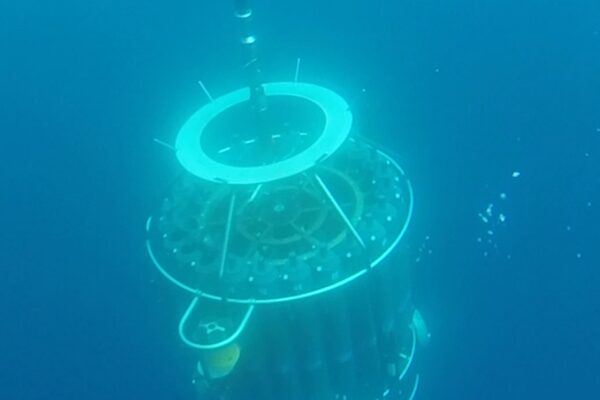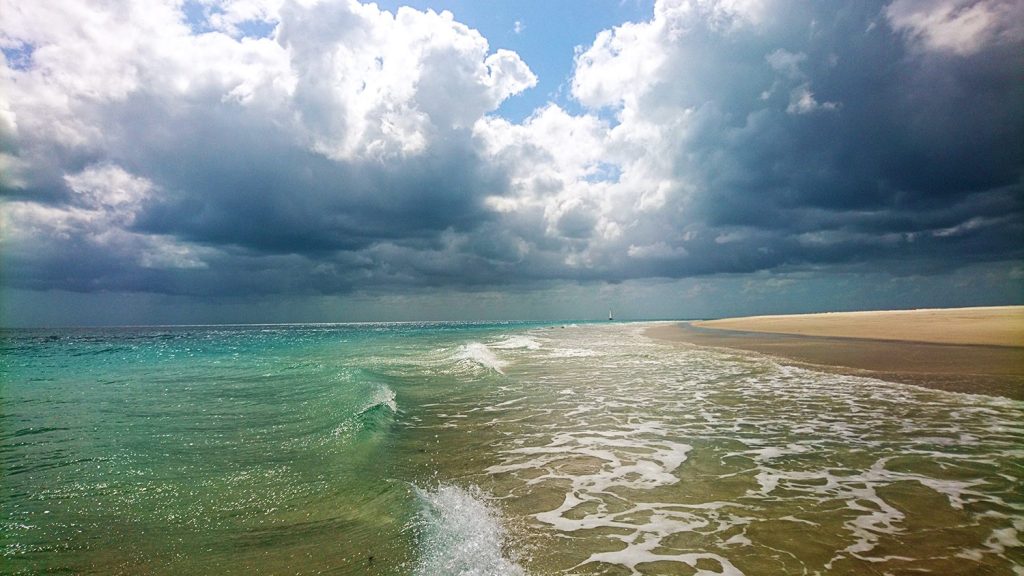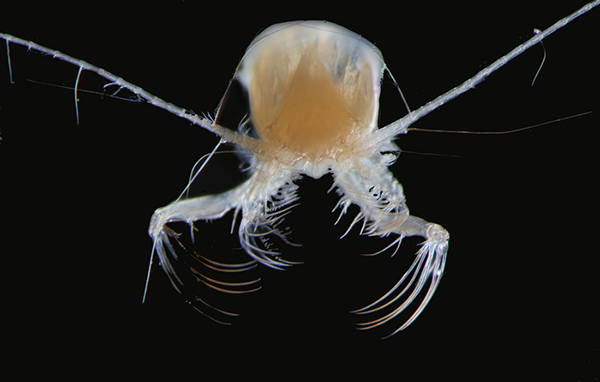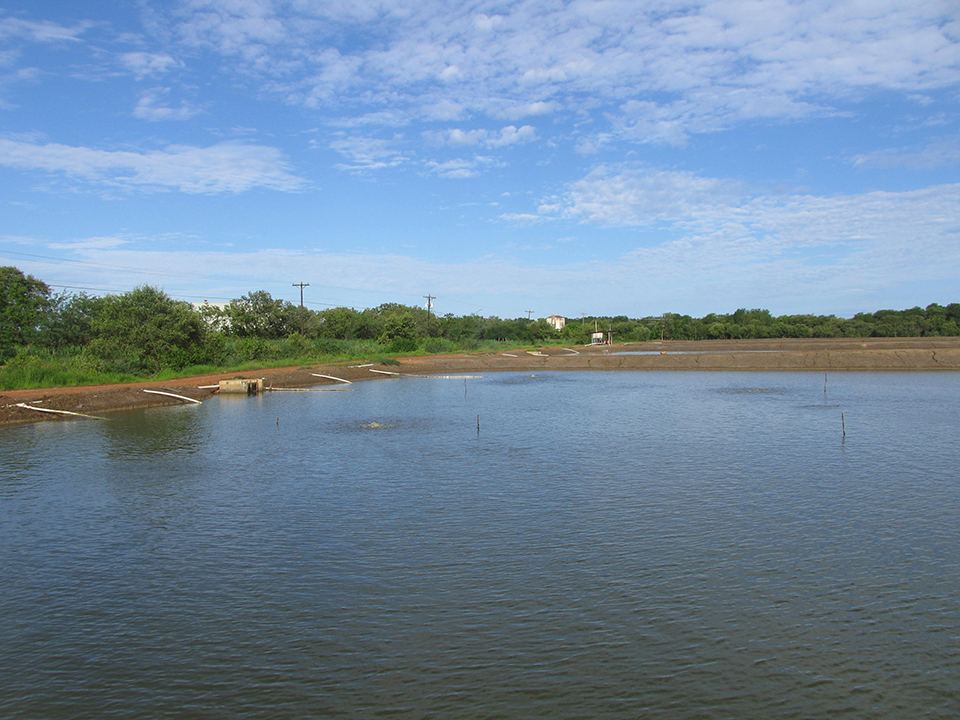New study indicates deep sea phytoplankton thrive with ocean warming, raising marine ecosystem concerns

A new study from the University of Exeter shows that an “invisible forest” of phytoplankton thrives in deeper ocean layers due to ocean warming. The findings raise concerns about the health of marine ecosystems and the broader impacts on biodiversity and climate change.
“Changes at the base of the food web can have cascading effects on marine life, from tiny zooplankton to large fish and marine mammals,” said Dr. Bob Brewin, the study’s co-author. “So the future of phytoplankton will have major implications for biodiversity, as well as climate change.”
Phytoplankton, the tiny drifting organisms that play a crucial role in the Earth’s ecosystem, are responsible for about 50 percent of the planet’s “primary production” through photosynthesis.
The study, published in Nature Climate Change, examined how phytoplankton behave at the ocean’s surface and in a separate layer of water below (the “subsurface”). The goal was to understand how climate changes affect these important organisms.
Findings revealed that the two groups of phytoplankton react differently to these changes, which raises significant concerns about ocean health and marine ecosystems.
“It’s important to understand these trends because phytoplankton are the foundation of the marine food web, and play a key role in removing carbon dioxide from the atmosphere,” said Dr. Johannes Viljoen from the University of Exeter. “Our findings reveal that deep-living phytoplankton, which thrives in low-light conditions, respond differently to ocean warming and climate variability compared to surface phytoplankton.”
Over the past 10 years, the amount of living material (or “biomass”) in subsurface phytoplankton has increased due to ocean warming. Meanwhile, surface phytoplankton now has less chlorophyll – making it less green – but the total biomass remains stable.
Using 33 years of data from the Bermuda Atlantic Time-series Study (BATS) in the Sargasso Sea, findings also indicated that the “surface mixed-layer” (the area of turbulence at the ocean’s surface) has become shallower as the ocean has warmed.
“We typically rely on satellite observations to monitor phytoplankton, but the subsurface is hidden from satellite view,” said Viljoen. “Our study highlights the limitations of satellite observations, and underscores the urgent need for improved global monitoring of phytoplankton below what satellites can see.”
Now that you've reached the end of the article ...
… please consider supporting GSA’s mission to advance responsible seafood practices through education, advocacy and third-party assurances. The Advocate aims to document the evolution of responsible seafood practices and share the expansive knowledge of our vast network of contributors.
By becoming a Global Seafood Alliance member, you’re ensuring that all of the pre-competitive work we do through member benefits, resources and events can continue. Individual membership costs just $50 a year.
Not a GSA member? Join us.
Author
Tagged With
Related Posts

Responsibility
Global trends in climate change detected in indicators of ocean ecology
Climate change effects in marine-surface microbial ecosystems may be undetected because previous studies have taken other approaches.

Fisheries
Researchers examine the impact of climate change on zooplankton
Australian team models the impact of climate change on zooplankton, which represents about 40 percent of the world’s marine biomass.

Responsibility
Satellites show phytoplankton productivity plunge in the Gulf of Maine
Phytoplankton are about 65 percent less productive in the Gulf of Maine than they were two decades ago, according to a new NASA-funded study.

Responsibility
Phytoplankton in aquaculture ponds: Friend or foe?
A vigorous phytoplankton bloom will support a healthy benthic community and will contribute significantly to stabilising and maintaining adequate pond water and bottom quality.



